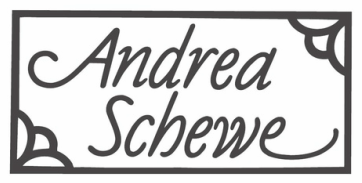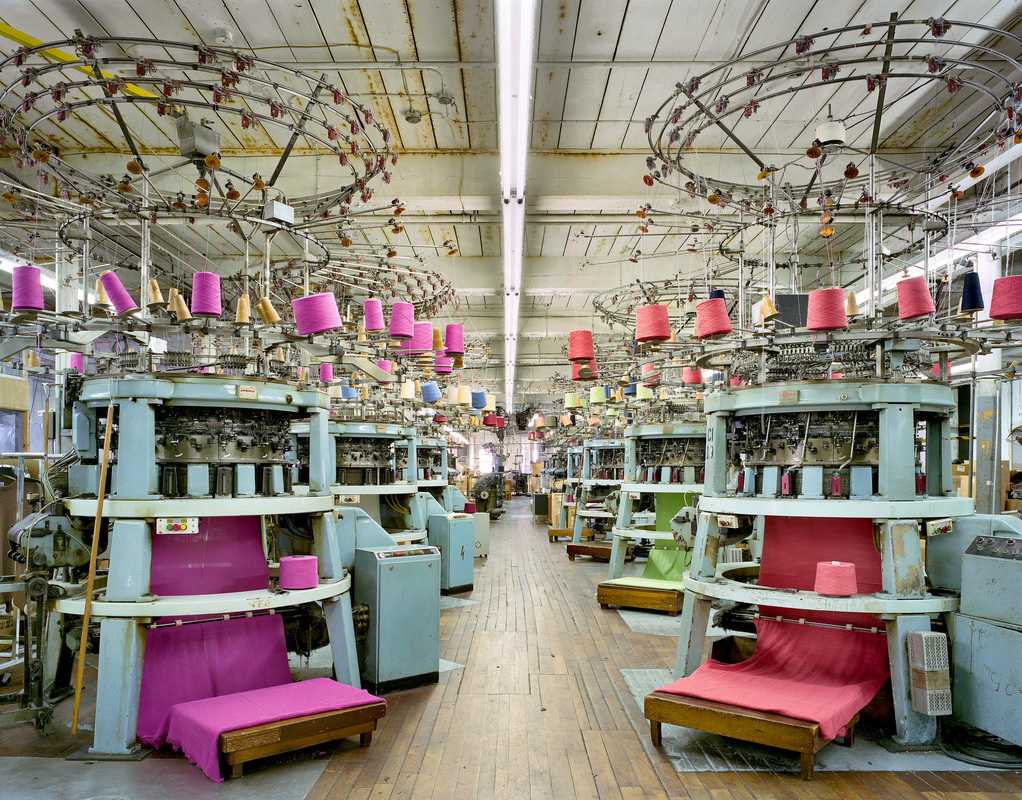In addition to the striking photos it tells the history of the textiles industry here.
Here are the first two paragraphs and a link to the rest.
In 1776, America didn’t have a single textile mill. There were no spinning mules, no water-powered looms. There were only rumors of what such things might look like and a few nonfunctioning models built from those rumors. Nearly every American woman, except the wealthiest, knew how to spin her own yarn and weave her own cloth, even as across the Atlantic women were moving out of the home and into millwork as England — bent on protecting its export market by safeguarding its trade secrets — industrialized the manufacturing of textiles.
Samuel Slater was 14 when he began working at a cotton-spinning mill in Derbyshire, England. Seven years later, in 1789, he disguised himself as a farmer to pass English customs and board a ship to the United States. When he arrived in America, he got a mechanized loom up and running, then a textile factory and later factory towns, eventually becoming known as both Slater the Traitor and the father of the American Industrial Revolution.
Click here to read the rest of the article.
AND ... When looking for the "on-line" version of this article which tells about how the domestic textile is shrinking, I found another article from September 2013 about how the textile is returning to the US ... interesting.
It compares costs and advantages of producing clothing domestically or overseas.
Click this to read this September article.
MINNEAPOLIS — It was past quitting time at a new textile factory here, but that was not the only reason the work floor looked so desolate. Under the high ceilings, the fluorescent lights still bright, there were just 15 or so industrial sewing machines in a sprawling space meant for triple that amount.
The issue wasn’t poor demand for the curtains, pillows and other textiles being produced at the factory. Quite the opposite. The owner, the Airtex Design Group, had shifted an increasing amount of its production here from China because customers had been asking for more American-made goods.
The issue was finding workers.
“The sad truth is, we put ads in the paper and not many people show up,” said Mike Miller, Airtex’s chief executive.
Click here to read the rest.
How many of you remember the TV ads from the International Ladies Garment Workers Union with all the women singing?
"Look for the union label ... when you are buying a coat, dress or blouse ... remember somewhere our unions growing, our wages going to feed the kids or run the house ... We work hard, but who's complaining, for with the ILG we're paying our way ... so always look for, the union label ... it says we're able to make it in the USA-A-A-A!!
And, I want you all to know, that was from memory! ... from the 1970's!!
I have watched the sewing jobs leave America and never thought they would be making their way back here. It will be interesting to see how it plays out.





 RSS Feed
RSS Feed